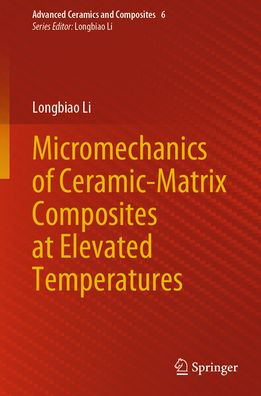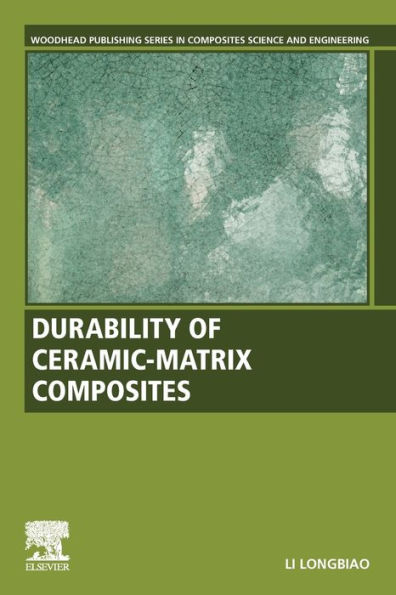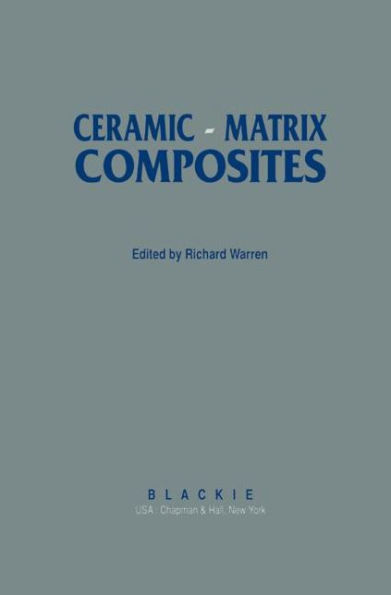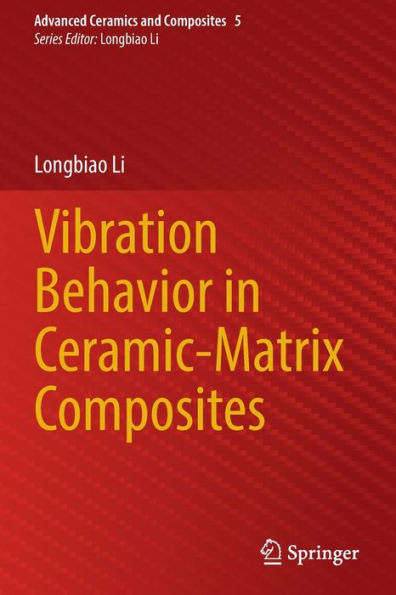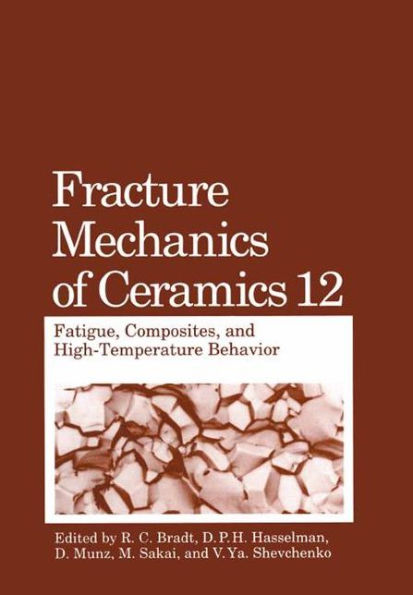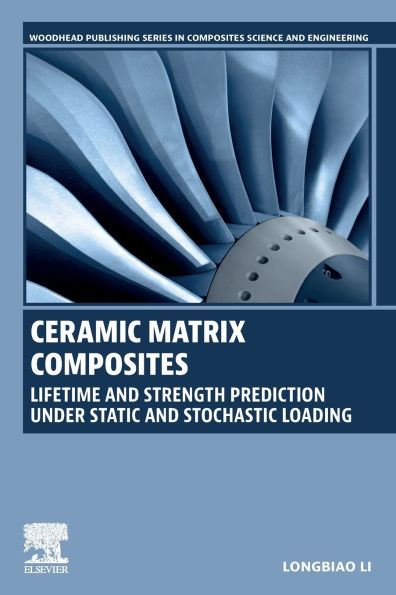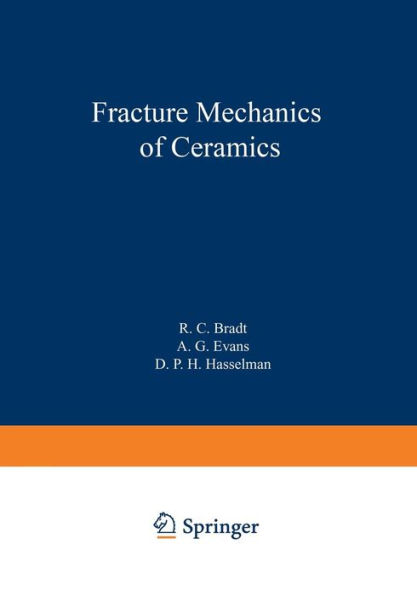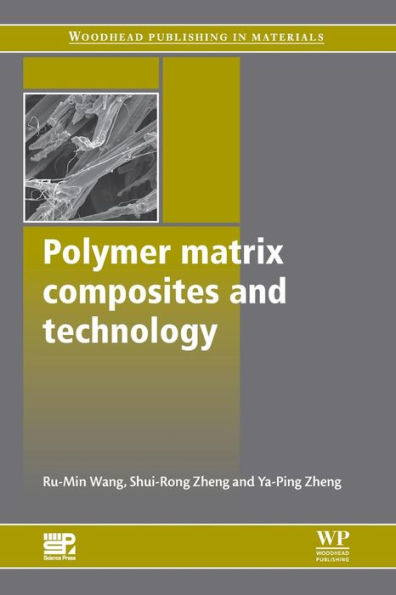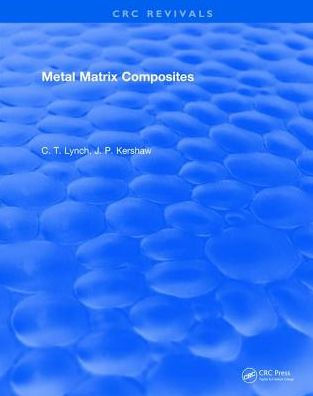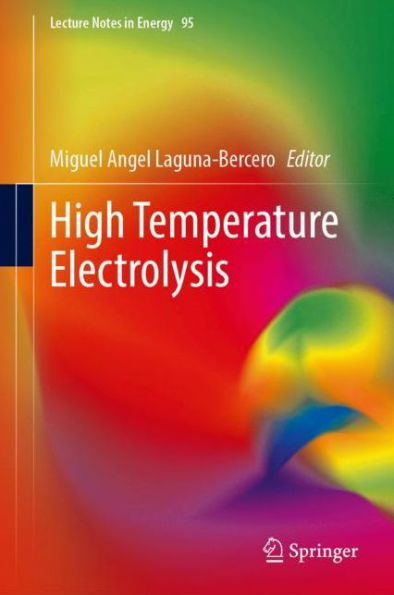Home
High-Temperature Matrix Cracking, Opening and Closure Ceramic-Matrix Composites
Barnes and Noble
Loading Inventory...
High-Temperature Matrix Cracking, Opening and Closure Ceramic-Matrix Composites
Current price: $115.00

Barnes and Noble
High-Temperature Matrix Cracking, Opening and Closure Ceramic-Matrix Composites
Current price: $115.00
Loading Inventory...
Size: Hardcover
*Product information may vary - to confirm product availability, pricing, shipping and return information please contact Barnes and Noble
Ceramic matrix composites (CMCs) can withstand higher temperatures, reduce cooling airflow, improve turbine efficiency, and greatly reduce structural mass compared to the high temperature alloys. This book focuses on the matrix first/multiple cracking, crack opening and closure behavior in CMCs at high temperatures.
While conducting
in situ
experimental observations to analyze the damage mechanisms and failure modes, the author develops micromechanical damage models and constitutive models to predict the first matrix cracking stress, multiple matrix cracking density, matrix crack opening displacement, and cracking closure stress at high temperatures. The effects of composite’s constituent properties, stress level, and ambient temperature on matrix cracking, opening, and closure are also discussed.
This book will help material scientists and engineering designers to understand and master the matrix cracking and closure behavior of fiber-reinforced CMCs.
While conducting
in situ
experimental observations to analyze the damage mechanisms and failure modes, the author develops micromechanical damage models and constitutive models to predict the first matrix cracking stress, multiple matrix cracking density, matrix crack opening displacement, and cracking closure stress at high temperatures. The effects of composite’s constituent properties, stress level, and ambient temperature on matrix cracking, opening, and closure are also discussed.
This book will help material scientists and engineering designers to understand and master the matrix cracking and closure behavior of fiber-reinforced CMCs.
Ceramic matrix composites (CMCs) can withstand higher temperatures, reduce cooling airflow, improve turbine efficiency, and greatly reduce structural mass compared to the high temperature alloys. This book focuses on the matrix first/multiple cracking, crack opening and closure behavior in CMCs at high temperatures.
While conducting
in situ
experimental observations to analyze the damage mechanisms and failure modes, the author develops micromechanical damage models and constitutive models to predict the first matrix cracking stress, multiple matrix cracking density, matrix crack opening displacement, and cracking closure stress at high temperatures. The effects of composite’s constituent properties, stress level, and ambient temperature on matrix cracking, opening, and closure are also discussed.
This book will help material scientists and engineering designers to understand and master the matrix cracking and closure behavior of fiber-reinforced CMCs.
While conducting
in situ
experimental observations to analyze the damage mechanisms and failure modes, the author develops micromechanical damage models and constitutive models to predict the first matrix cracking stress, multiple matrix cracking density, matrix crack opening displacement, and cracking closure stress at high temperatures. The effects of composite’s constituent properties, stress level, and ambient temperature on matrix cracking, opening, and closure are also discussed.
This book will help material scientists and engineering designers to understand and master the matrix cracking and closure behavior of fiber-reinforced CMCs.
